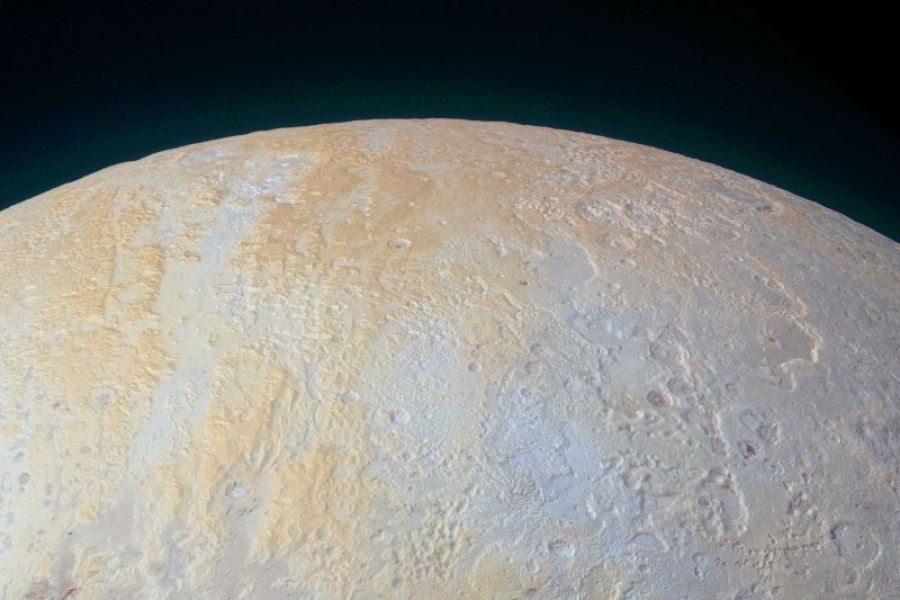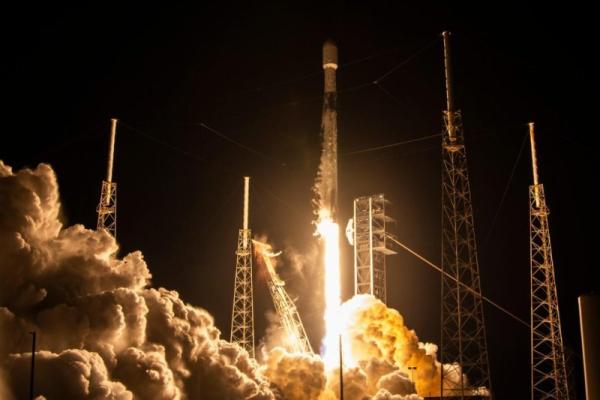
For many years, Pluto remained one of the most mysterious objects in our solar system until, on July 14, 2015, NASA's New Horizons spacecraft became the first mission to make a close approach to it and capture breathtaking images of this distant world.
It took the New Horizons spacecraft more than nine years to reach Pluto after it blasted off on an Atlas 5 rocket on January 19, 2006. After traveling billions of miles in the solar system, New Horizons sent back stunning photographs of Pluto and its moons that made headlines around the world.
It took the spacecraft more than 15 months to transmit all 6.25 gigabytes of photographs and data to Earth for scientists to analyze.
“This long period was necessary because the spacecraft was approximately 4.5 light-hours from Earth and could transmit only 1-2 kilobits per second,” NASA said.
Below are some of the best images of Pluto and its moon Charon:
|
| A composite image of Pluto (lower right) and Charon (upper left) taken by NASA's New Horizons spacecraft as it flew through the Pluto system on July 14, 2015. Image courtesy of NASA. |
 |
| This image of layers of haze above the edge of Pluto was taken by NASA's New Horizons spacecraft. About 20 layers of haze are visible in the image. Photo courtesy of NASA. |
 |
| Pluto nearly fills the frame in this image from NASA's New Horizons spacecraft. The image was taken on July 13, 2015, when the spacecraft was 768,000 kilometers (478,000 miles) from the surface. Image courtesy of NASA, Johns Hopkins University Applied Physics Laboratory, and Southwest Research Institute. |
 |
| Scientists on NASA's New Horizons mission suggest that the informally named Mount Wright, located south of Pluto's Sputnik Planitia, and another mountain, Mount Piccard, may have formed as a result of cryovolcanic eruptions of ice from beneath Pluto's surface. Image courtesy of NASA and JPL. |
 |
| This detailed global mosaic color map of Pluto is based on a series of three color images taken by the Ralph/Multispectral Visual Imaging Camera aboard New Horizons during NASA's spacecraft's close flyby of Pluto in July 2015. Image courtesy of NASA and JPL. |
 |
| The International Astronomical Union (IAU), the internationally recognized body responsible for naming celestial bodies and their surface features, approved the names of 14 features on Pluto's surface in August 2017. Image courtesy of NASA, Johns Hopkins University Applied Physics Laboratory, and Southwest Research Institute. |
 |
| An enhanced color mosaic of Pluto, taken about 15 minutes before New Horizons' closest approach to the planet. Image courtesy of NASA, Johns Hopkins University Applied Physics Laboratory, and Southwest Research Institute. |













